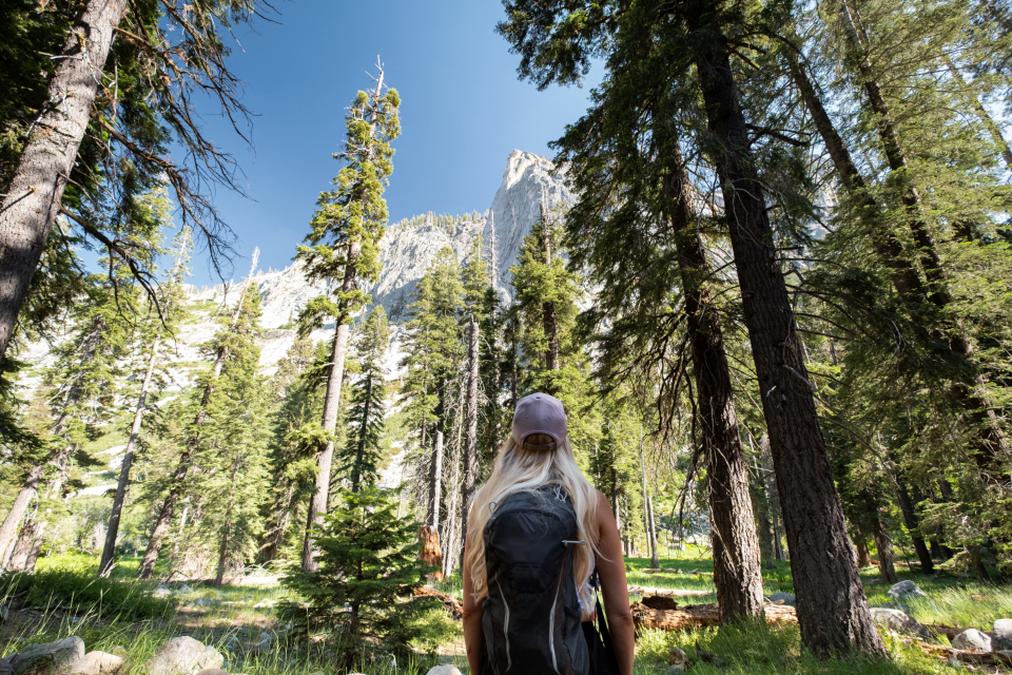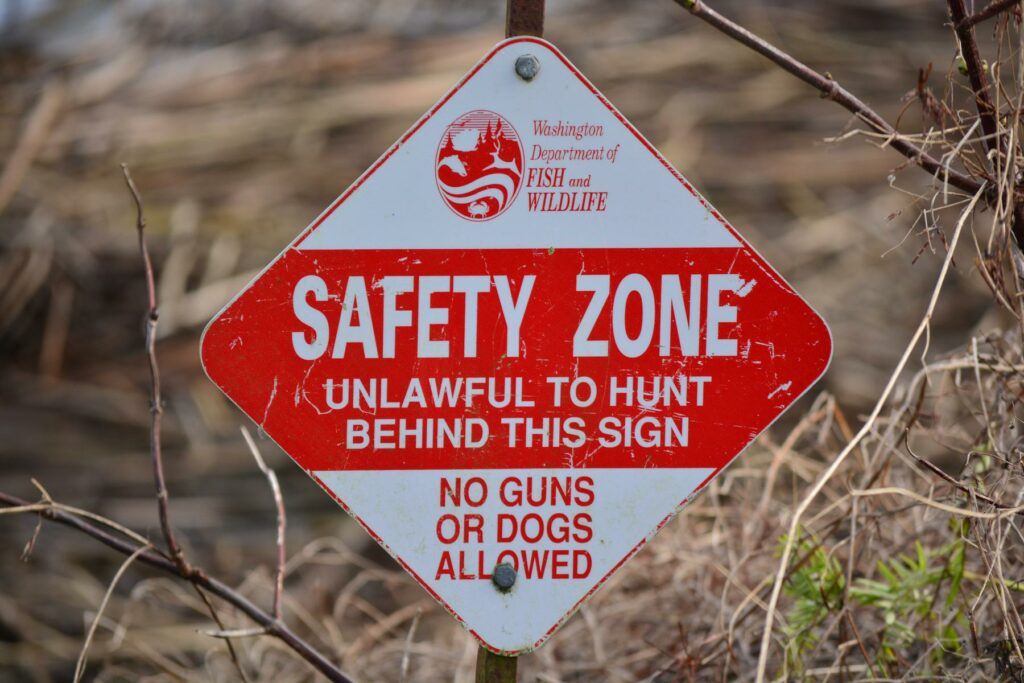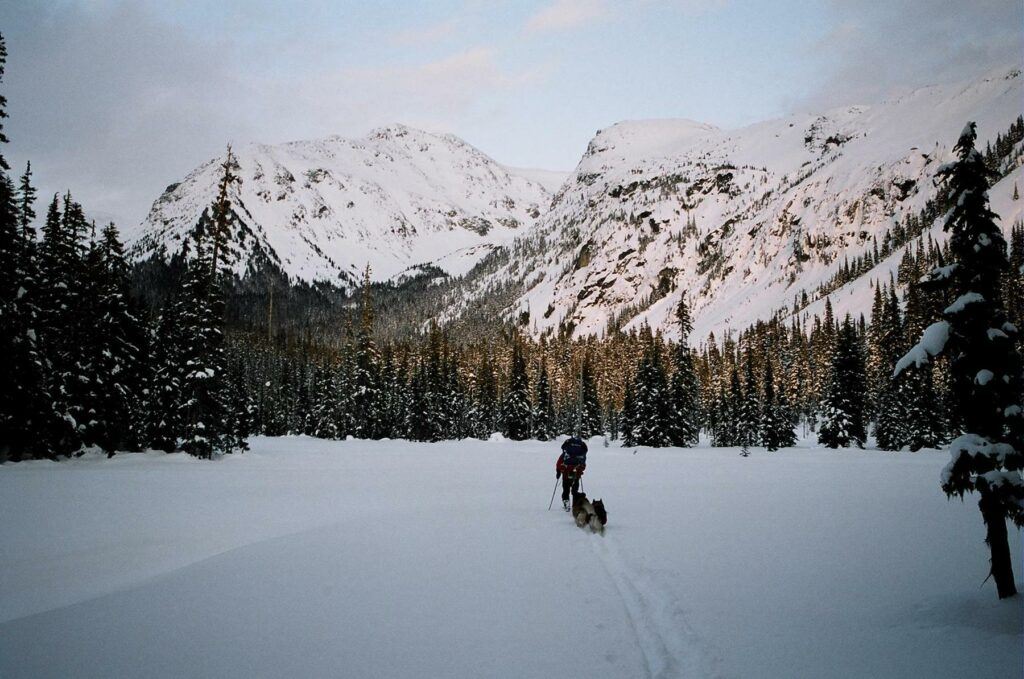Hiking Tips for Hot Weather
Hiking in hot weather can be a challenging and potentially dangerous activity if the right precautions are not taken. According to REI, planning, clothing and gear, and health tips can help hikers enjoy a successful hike in hot weather.
Importance of Hiking in Hot Weather
Hiking in hot weather is a popular activity during the summer months, but it can also be dangerous. According to Friends of the Blue Hills, heat exhaustion and heat stroke are two potentially life-threatening conditions that can occur when hiking in hot weather. These conditions can be prevented by taking the right precautions and being prepared for the heat.
Statistics on Hiking Injuries and Deaths in Hot Weather
According to a report by the National Park Service, heat-related illnesses are responsible for the majority of hiking-related deaths in the United States. In 2018, 17% of hiking-related deaths were due to heat-related illnesses, and over 80% of heat-related illnesses occurred in the summer months.
Overview of Tips for Hiking in Hot Weather
To have a successful hike in hot weather, hikers should plan when and where they will hike. It is important to avoid the hottest time of day, stay in the shade, and hike near water. Dressing appropriately with light colors and loose-fitting, breathable clothing is also essential. Hikers also need to stay hydrated and drink plenty of water, as well as being aware of sunburn, dehydration, heat cramps, heat exhaustion, and heat stroke. Signs of heat exhaustion and heat stroke require immediate action, and a wilderness medicine course can help hikers be better prepared for emergencies. Throughout this article, we will explore each of these tips in more detail.
Planning Tips
Planning is an essential part of hiking in hot weather. By taking the time to plan, hikers can avoid the hottest part of the day, stay in the shade, and be prepared for any emergencies. Here are some planning tips for hiking in hot weather:
1. Choosing the Right Trail
When planning a hike in hot weather, it is essential to choose the right trail. Modern Hiker suggests picking a trail with plenty of shade, water sources, and elevation. A trail with shade will help keep hikers cool, while water sources will ensure hikers stay hydrated. Elevation can also help keep hikers cool as temperatures tend to be cooler at higher altitudes.
2. Timing Your Hike
Timing your hike is another important planning tip. According to REI, hikers should try to avoid hiking during the hottest part of the day, which is usually between 10 am and 4 pm. Instead, hikers should try to hike in the early morning or late afternoon when temperatures are cooler.
3. Checking the Weather Forecast
Before heading out on a hike in hot weather, hikers should check the weather forecast. This will help hikers plan for any extreme weather conditions, such as thunderstorms or high temperatures. According to Happiest Outdoors, hikers should also be aware of the heat index, which takes into account both temperature and humidity levels.
4. Letting Someone Know Your Hiking Plans
Finally, hikers should let someone know their hiking plans. This can include the trail they plan to hike, the time they plan to start and finish, and their expected return time. This information can be left with a friend or family member, or it can be left in a visible location in the hiker’s car. In the event of an emergency, this information can be critical in helping locate the hiker.
Clothing and Gear Tips
Choosing the right clothing and gear is crucial for hiking in hot weather. Wearing the wrong clothing can lead to discomfort, sunburn, and dehydration. Here are some clothing and gear tips for hiking in hot weather:
1. Choosing the Right Clothing
When hiking in hot weather, it is important to choose the right clothing. According to REI, hikers should wear light-colored, loose-fitting, breathable clothing. This type of clothing will help reflect sunlight and allow air to circulate, keeping hikers cool. Cotton clothing should be avoided as it absorbs sweat and can lead to chafing.
1.1. Light Colors and Loose-Fitting Clothes
Wearing light-colored clothing can help reflect sunlight and keep hikers cool. Loose-fitting clothes will allow air to circulate and prevent chafing.
1.2. Sweat-Wicking Fabric
Hikers should also consider wearing sweat-wicking fabric. This type of fabric will help draw sweat away from the body, keeping hikers dry and comfortable.
1.3. Protective Accessories
Protective accessories, such as a hat and sunglasses, are also important for hiking in hot weather. A hat with a brim will help protect the face and neck from the sun’s harmful UV rays, while sunglasses will protect the eyes.
2. Carrying Essential Gear
Hikers should also carry essential gear when hiking in hot weather. Here are some items to consider:
2.1. Water Bottles or Hydration Packs
Staying hydrated is crucial when hiking in hot weather. Hikers should carry plenty of water and consider using a hydration pack for easy access.
2.2. Sunscreen
Sunscreen is another essential item for hiking in hot weather. Hikers should choose a high SPF sunscreen and apply it regularly throughout the hike.
2.3. Insect Repellent
Insect repellent can also be important when hiking in hot weather. Hikers should choose a repellent that contains DEET or another effective ingredient.
2.4. First Aid Kit
Finally, hikers should carry a first aid kit that includes items such as bandages, antiseptic, and pain relievers. This kit can be critical in the event of an emergency.

Health Tips
Hiking in hot weather can take a toll on the body, leading to dehydration, heat cramps, heat exhaustion, and heat stroke. Here are some health tips to help hikers stay healthy and safe when hiking in hot weather:
1. Staying Hydrated
Staying hydrated is crucial when hiking in hot weather. According to REI, hikers should drink at least one liter of water for every hour of hiking. Hikers should also drink water before they start hiking and after they finish.
2. Managing Sweat
Managing sweat is another important health tip for hiking in hot weather. According to Happiest Outdoors, hikers should avoid sweating excessively as this can lead to dehydration. Wearing sweat-wicking clothing and taking breaks in the shade can help manage sweat.
3. Being Aware of Sunburn
Sunburn is a common problem when hiking in hot weather. Hikers should wear sunscreen with a high SPF and reapply it regularly throughout the hike. Wearing a hat and sunglasses can also help protect the face and eyes from the sun’s harmful UV rays.
4. Recognizing the Signs of Heat Cramps, Heat Exhaustion, and Heat Stroke
Heat cramps, heat exhaustion, and heat stroke are all potential health problems when hiking in hot weather. It is important for hikers to recognize the signs of these conditions and take appropriate action. According to REI, the signs of heat cramps include muscle cramps and spasms, while the signs of heat exhaustion include headache, nausea, dizziness, and fatigue. Heat stroke is a more serious condition that can cause confusion, seizures, and loss of consciousness. Hikers who recognize the signs of these conditions should take immediate action, such as resting in the shade, drinking water, and seeking medical attention if necessary.
5. Taking a Wilderness Medicine Course
Finally, hikers can take a wilderness medicine course to be better prepared for emergencies when hiking in hot weather. These courses can teach hikers basic first aid skills and how to recognize and treat common hiking-related injuries and illnesses.
Stay Safe and Enjoy the Trails!
Hiking in hot weather can be challenging, but with the right planning, clothing, and health tips, hikers can stay safe and enjoy the trails. Remember to:
- Choose the right trail with plenty of shade, water sources, and elevation
- Time your hike for the early morning or late afternoon
- Check the weather forecast and heat index
- Let someone know your hiking plans
- Wear light-colored, loose-fitting, breathable clothing
- Carry essential gear such as water, sunscreen, insect repellent, and a first aid kit
- Stay hydrated and manage sweat
- Be aware of sunburn and recognize the signs of heat cramps, heat exhaustion, and heat stroke
- Take a wilderness medicine course to be better prepared for emergencies
By following these tips, hikers can have a safe and enjoyable experience on the trails. Don’t forget to check out Camping Gear Pros for more great content on hiking and camping!
Frequently Asked Questions
Who should hike in hot weather?
Anyone can hike in hot weather, but it is important to take extra precautions to stay safe and healthy.
What should I wear for hiking in hot weather?
Wear light-colored, loose-fitting, breathable clothing to reflect sunlight and allow air to circulate.
How much water should I drink when hiking in hot weather?
Drink at least one liter of water for every hour of hiking to stay hydrated.
What if I get sunburned while hiking in hot weather?
Wear sunscreen with a high SPF and reapply it regularly throughout the hike. Wear a hat and sunglasses to protect your face and eyes.
How do I recognize the signs of heat cramps and heat exhaustion?
The signs of heat cramps include muscle cramps and spasms, while the signs of heat exhaustion include headache, nausea, dizziness, and fatigue.
What should I do if I encounter a heat-related emergency?
Rest in the shade, drink water, and seek medical attention if necessary. Take a wilderness medicine course to be better prepared.



